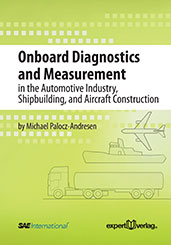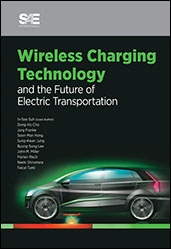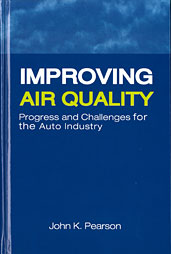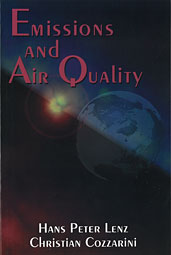Book

Onboard Diagnostics and Measurement in the Automotive Industry, Shipbuilding, and Aircraft Construction
2012-07-03
Onboard Diagnostics and Measurement in the Automotive, Shipbuilding and Aircraft Industries is a unique title which focuses on the direct (OBM) and indirect (OBD) determination of emissions in transportation. It offers the reader a state-of-the- art report on the recent developments concerning the determination of emissions and the estimation of pollutants concentrated in the exhaust pipe, using technologies such as intelligent micro controllers, micro sensors and micro actuators systems on board. Written by Dr. Palocz-Andresen, guest professor of Sustainable Transportation at Leuphana University in Lüneburg, this book is especially useful in understanding how the European Union and the United States address the problem of transport-generated emissions. This book goes beyond the more common emissions issues encountered in the automotive arena (including light duty and heavy commercial vehicles), to expand upon the upcoming and similar concerns derived from air and sea transport.











